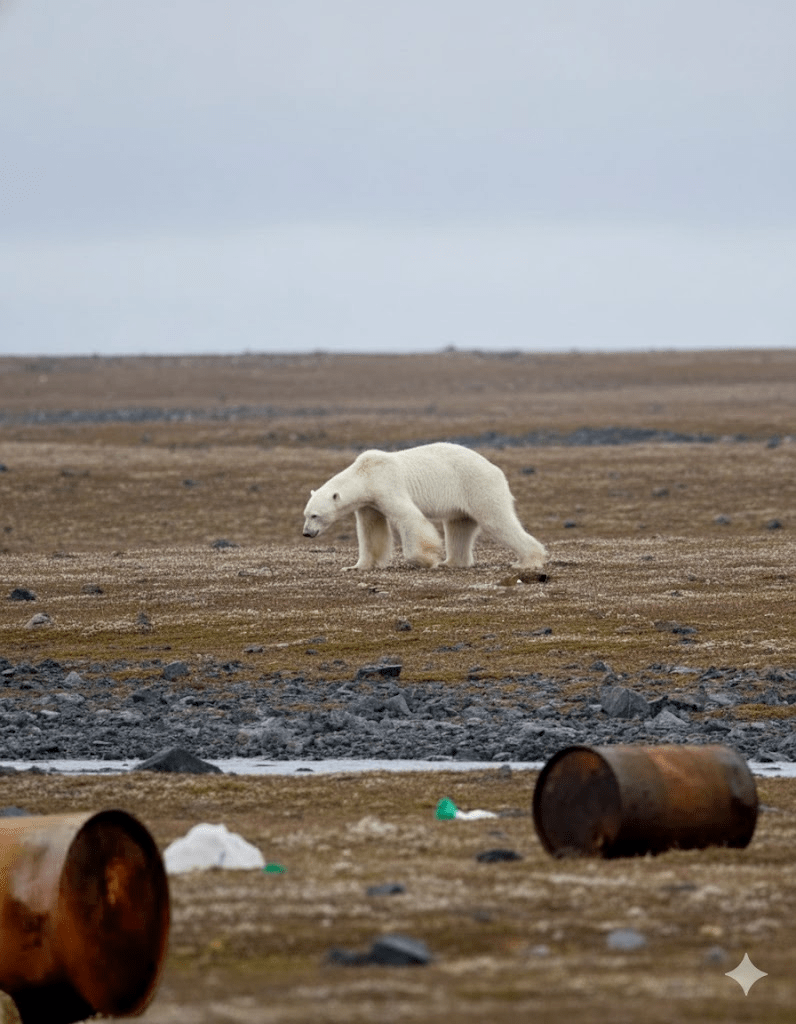The Arctic, a realm of pristine white and icy silence, is undergoing a profound and visible transformation. Once an impenetrable fortress of ice, it is now yielding to the relentless march of a warming climate, revealing a landscape increasingly scarred by human impact. It was against this backdrop of change that a chilling discovery unfolded, a scene so stark and heartbreaking that it ripped through the global consciousness like a mournful cry. What began as a routine photographic expedition quickly descended into an unforeseen confrontation with the raw, unvarnished reality of ecological collapse, forcing a seasoned wildlife photographer to grapple not only with his lens but with his conscience. The images he captured that day, far from being mere photographs, became a somber prophecy, etching the dire consequences of climate change into the collective memory of humanity.

Paul Nicklen, an acclaimed wildlife photographer with National Geographic, had ventured into the Canadian Arctic, expecting to document the stoic beauty of polar bears thriving in their icy domain. Instead, a desolate, rocky expanse greeted him, and then, a sight that turned his blood to ice: a polar bear, not majestically patrolling its territory, but stumbling, gaunt and emaciated, its once-proud fur hanging loosely over a skeletal frame. It moved with a desperate, almost mechanical gait, its hind legs dragging as if burdened by an invisible weight, a phantom limb of the vanishing ice.

As the team watched, a chilling realization dawned: this was not just a sick animal, but one literally starving to death. Nicklen, a veteran of countless expeditions, found himself in an agonizing dilemma. His instinct as a documentarian warred with his compassion as a human being. To intervene was forbidden, a violation of the sacred rules of wildlife photography, yet to merely observe felt like complicity in a slow, agonizing demise. The camera, usually an extension of his will, felt heavy, an instrument of both witness and impotence.







